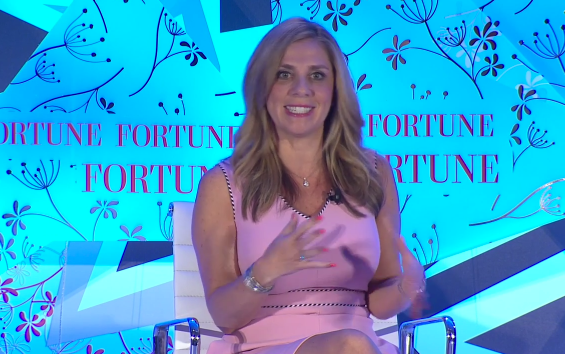Why Videos Are Key To Promoting Your Startup
Video, video, video, the Facebook feed will be all videos in five years.
That’s the words of Facebook vice president for Europe, the Middle East, and Africa, Nicola Mendelsohn earlier this year.

The last 3–4 years we’ve seen videos explode in social media. With the emergence of Snapchat and Vine the rest of the social networks followed, and there’s now no social networks that doesn’t take video seriously.
By next year (2017) video will account for 69% of all consumer internet traffic, according to Cisco.
This means that if you’re doing marketing for your startup, you need to start looking for someone who can handle a camera.
Digesting information
This is what it’s all about — digesting information in a time where information is overflowing.
Videos and pictures helps you present a story faster and smarter than through written words:
- Faster: You only need a minute to explain a concept, an idea or news through video, as the audiovisual combination lets a person take in more information compared with only audio or text.
- Smarter: All social channels are adapting in way that favors video. Research has shown that the chance of people clicking on a link more than doubles by using a pictures or a video in the post. It’s also smarter, because video is convertible, meaning that if you shoot a video, you can make that into both written content and audio content.
And if you’re not convinced by my words, Axonn Research found 7 in 10 people view brands in a more positive light after watching interesting video content from them.
It’s important to add that video is not only great for attracting clients and customers from your own channels, but your chance of being featured in media outlets and tech blogs, also increases a lot with the use of video.
VR and 360 degrees

You’ve hopefully understood by now that video will essential to spread the word about your startup.
But if you want to be in front of the trend, you should look into VR and 360 video as well, according the Facebook VP Mendelsohn:
In five years 360 videos will feel very common, as it today is a bit new and interesting.
The big question is when virtual reality will become mainstream. In other words, when is it worth to dedicate resources to VR marketing?
The 2016 Virtual Reality Industry Report estimates that there will be 135.6 million VR headset in use by 2025, of which 122 million will be mobile. So if you want to be in front of the trend, you should at least put it in your notebook as something to watch out for.

Too expensive?
Renting a professional video team has been, and still is way too expensive for a startup. However, as the video gear is getting cheaper by the year, and the quality and user friendliness increases, most people can learn how to make a corporate video, and that at a reasonable price.
I won’t go into what kind of gear you should use for your films, but a fast google search will get you on the right track.
To get you going with videos – check out and subscribe to the itnig Youtube channel.
Som examples:
Technical events: the most essential content is the code the presenter is using, that’s why you should emphasize on recording the screen during the presentation. But to not miss the human touch, it’s works great to include a small video bar inside the code screen:
Video podcasts: As mentioned before, the content is always more important than the quality, but for longer content, quality also counts. Using different camera angles that both captures the whole room, but also close ups, is key. It’s also important with good sound quality, which doesn’t need to be expensive at all:
Interviews: Make sure you have a decent microphone, and if the interview object is sitting the same place the whole talk, make sure to use a tripod. Use open questions, and not cut too much:

